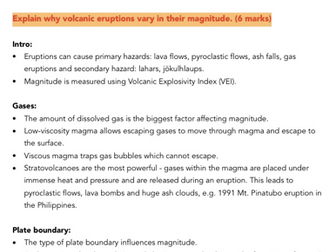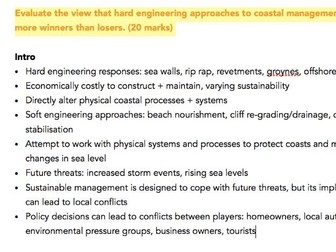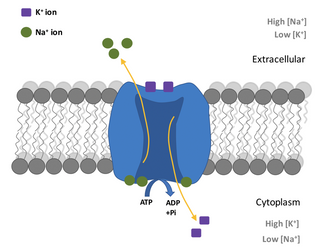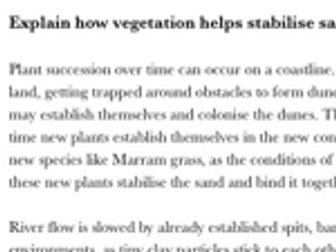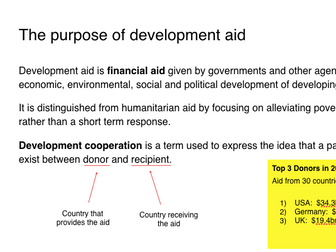Edexcel A-Level Geography | EXAM QUESTION AND ANSWER | Tectonics | Hazard Profiles
<p>This detailed answer for a 12 mark A-level Geography question is on the Edexcel topic Tectonic Processes and Hazards.</p>
<p>The question is:** ‘Assess the significance of earthquake hazard profiles in relation to the effectiveness of management strategies’.**</p>
<p>The student’s answer to this question must explain the advantages AND disadvantages of hazard profiles in the context of earthquake management strategies and conclude with an overall judgement as to whether they are effective or not and why.</p>
<p>This answer has extra detail that is not needed when written in exam conditions but students can use the essay’s key points and adapt it to their own work.</p>



